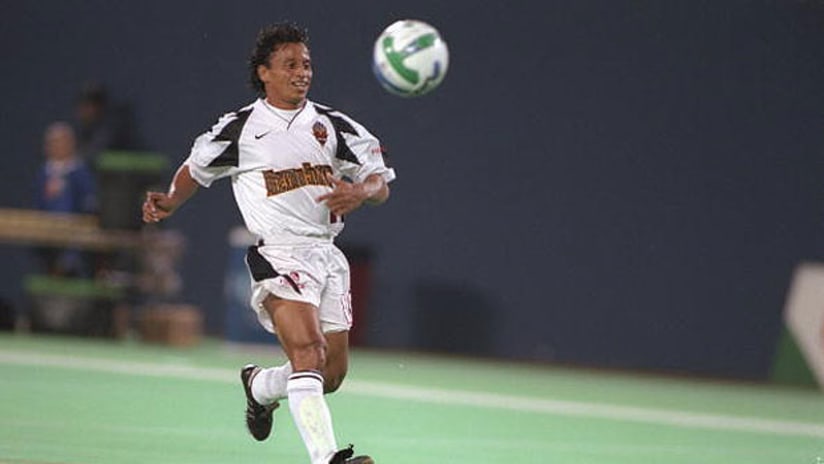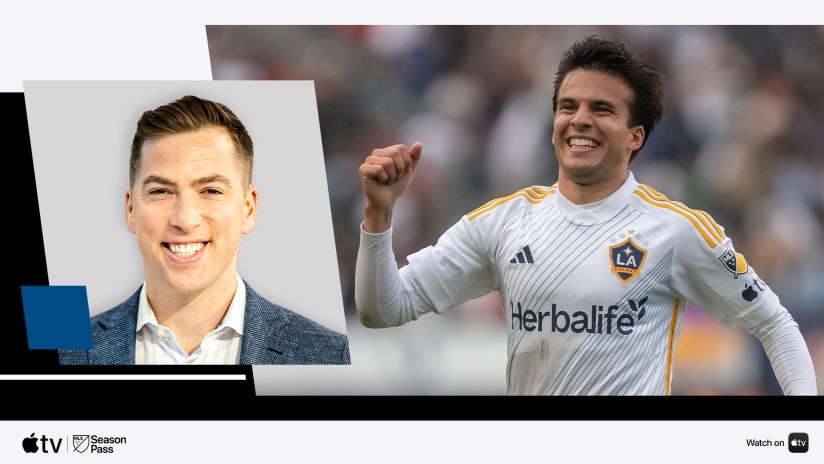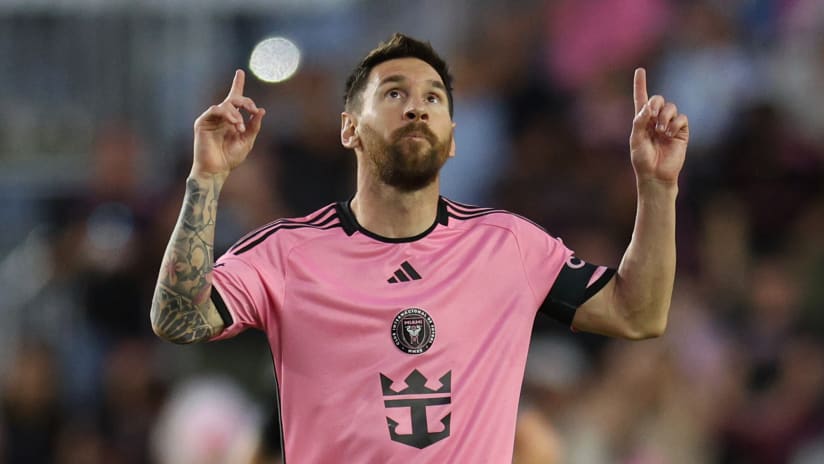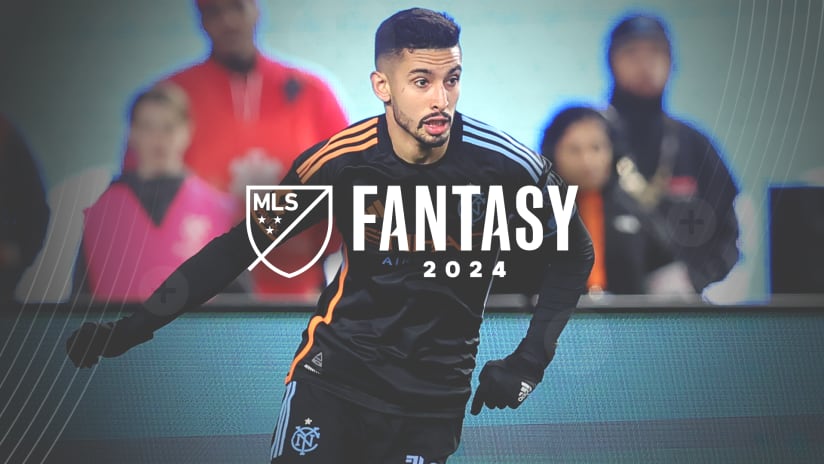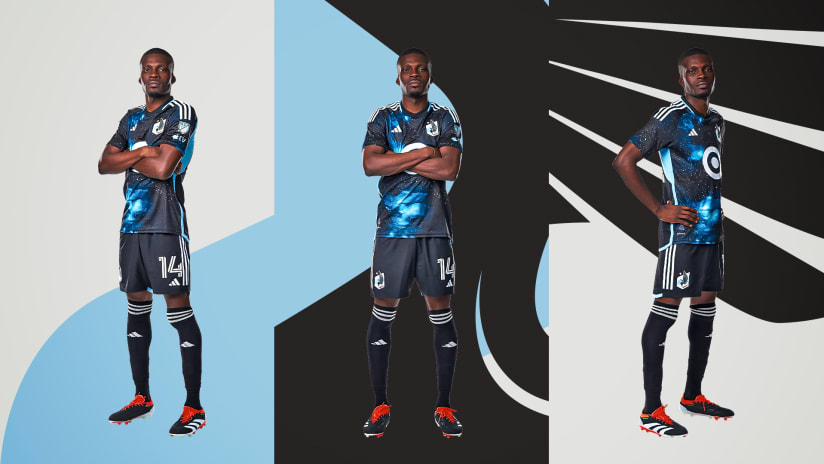This is a companion piece to feature writer Charlie Boehm’s long-form piece story "How artificial turf could change the future of soccer in North America."
As I recall, it was the worst news a first-year Major League Soccer team could receive
"You'll be playing the rest of your home games on AstroTurf," the 1996 MetroStars were told by the New Jersey Sports and Exposition Authority in early August of that inaugural season. The mood around the club was simply despondent. Everyone was embarrassed.
This wasn't the way it was supposed to be. The MetroStars' original owners, John Kluge and Stu Subotnick, had spent a ton of money to install a beautiful grass field at Giants Stadium. The team had drawn well, including a record-setting sellout of a doubleheader featuring the MLS All-Star game and a FIFA World Stars vs. Brazil friendly.
But now, it was being explained to the players that the Giants and Jets were not going to play their NFL preseason games on grass, and then switch to AstroTurf later on. The grass would be torn up. The Metros would play on plastic. End of discussion.
Now, understand, the surface beneath the grass was nothing like the artificial turf you see in multiple MLS stadiums today. Nothing like FieldTurf or any of those high-end brands.
This was like concrete with a green plastic fur. The ball ran like a marble in a bathtub and bounced like a basketball on hardwood. Players had to wear flats instead of cleats. Goalkeepers abandoned shorts for long pants to protect their skin from abrasions.
But there was nothing the MetroStars could do about it, so they soldiered on. And what followed were some events that will forever live in MLS folklore, or at least in my mind.
You had Rob Johnson taking a bouncing ball from just inside the attacking half and lobbing New England Revolution keeper Aidan Heaney. And you had a 5-foot-3 forward named Antony de Ávila making his MLS debut and scoring.
De Ávila was nicknamed "Pitufo," or "the Smurf." And did the Smurf love the Turf. In five regular season games and one playoff game on fake grass, de Ávila struck for six goals. The most famous of those tallies came in the Metros' final home game of 1996, when he took down a bouncing ball with a perfect touch and roofed a shot past Brad Friedel for the goal that clinched the MetroStars spot in the first-ever MLS Cup playoffs (above).
Teams did not want to play the MetroStars on the AstroTurf, complaining it was unsafe, even that it was not an officially sanctioned playing surface for professional soccer. But the league and club were caught between a rock and a hard surface. And every effort was made to try and make sure the embarrassment of 1996 was never repeated.
But it was, and then some.
In 1997, the MetroStars invested millions on a grass surface, held together in what was called a "revolutionary tray system." I know it was called this because, well, I was the club's public relations director and that's what I called it. A revolutionary tray system.
In short, it was 6,000 plastic trays that were put together like a grass jigsaw puzzle over the artificial turf. It was said the entire field could be removed and stored in the Giants Stadium parking lot in 40 hours, and then put back together in a similar timeframe.
It was ambitious, but ultimately a failure of epic proportions. Not only could the field not be removed and replaced in that amount of time, but something (the chemicals used to fertilize the grass perhaps) destroyed the AstroTurf, which did not please the NJSEA.
But it probably made a few MetroStars players smile.

